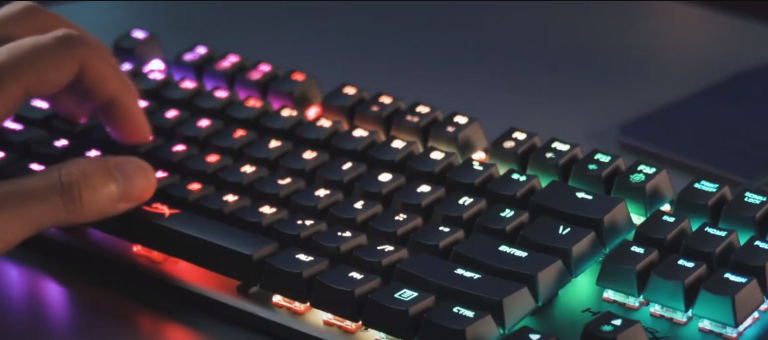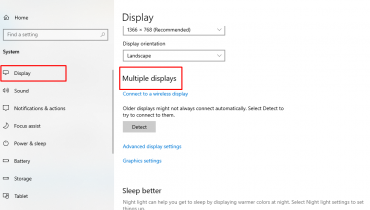Do you interested to use RGB keyboard? But don’t know how to add RGB to laptop keyboard? To add RGB assess your laptop model, choose RGB keyboard, connect to the laptop, install drivers and software, customize settings and enjoy keyboard colors!

How to add RGB to laptop keyboard
Adding RGB backlighting to your laptop can give it a unique and interesting look, as well as help you find the keys in the dark. Follow the steps below to add RGB lighting to your laptop keyboard.
Step 1: Assess Your Laptop Model
First, check if your laptop model has an interior space for larger components such as an Expansion Card or Memory Module. If not, then adding an internal RGB controller is likely out of the question. Another factor is whether or not your laptop has enough power connectors available for this type of upgrade – usually, two four-pin connectors are needed for powering LED lights on a keyboard but some laptops may only have one available port.
Step 2: Choose RGB Keyboard
When it comes to adding RGB lighting to your laptop, the second step is choosing an RGB keyboard. An RGB keyboard adds a unique and personalized look to your laptop and allows you to customize the colors of the keys on your keyboard with relative ease. You’ll find plenty of different keyboards available on the market, but not all of them will be compatible with your machine or offer the features that you want.
In order to make sure you find the best RGB keyboard for your laptop, consider what type of switches are used in each model.
Mechanical keyboards typically provide a more tactile response than membrane models do and often come with additional features like backlighting and programmable macros.
Additionally, consider whether or not you need extra ports or media controls built into the design; many modern keyboards have these features built-in for convenience.
Step 3: Connect to Laptop
This process involves connecting your laptop directly to the RGB strip or controller. Plug in one end of a USB cable into the controller and then plug in the other end into any open USB port on your computer to establish a connection between these two items
Additionally, if using an LED strip instead of a controller, be sure that the power adapter is plugged in and connected properly. Once both ends are securely connected, turn on your laptop and wait for it to boot up completely before continuing with step 4.
Step 4: Install Drivers and Software
You’ll need to download the driver or software update specific to your product from the manufacturer’s website. Once you have located and downloaded the update, open it on your computer and follow the instructions in order to install it properly.
Be sure that you accept all updates when prompted during installation, as this will ensure that everything runs smoothly afterward. After successfully completing the installation, reboot your system for any changes made during installation to take effect.
Now you can configure lighting settings according to how you want them with the newly installed software or drivers!
Step 5: Customize Settings
First, determine what type of color scheme you want for each key on your keyboard. For example, you could have all the keys lit up in one single color or choose from a variety of colors that fade from one another. You also have control over how bright or dim each individual key will be as well as how quickly they change colors.
Finally, some keyboards allow for additional features such as animation patterns or reactive effects based on how hard or soft you press each key. Experiment with different settings until you’re satisfied with the overall effect and aesthetics of your laptop keyboard!
Following the above guide on how to add RGB to laptop keyboard will help you to have a personalized laptop with amazing lighting effects in no time. If you feel overwhelmed by the process of adding RGB lighting, don’t hesitate to contact us.


